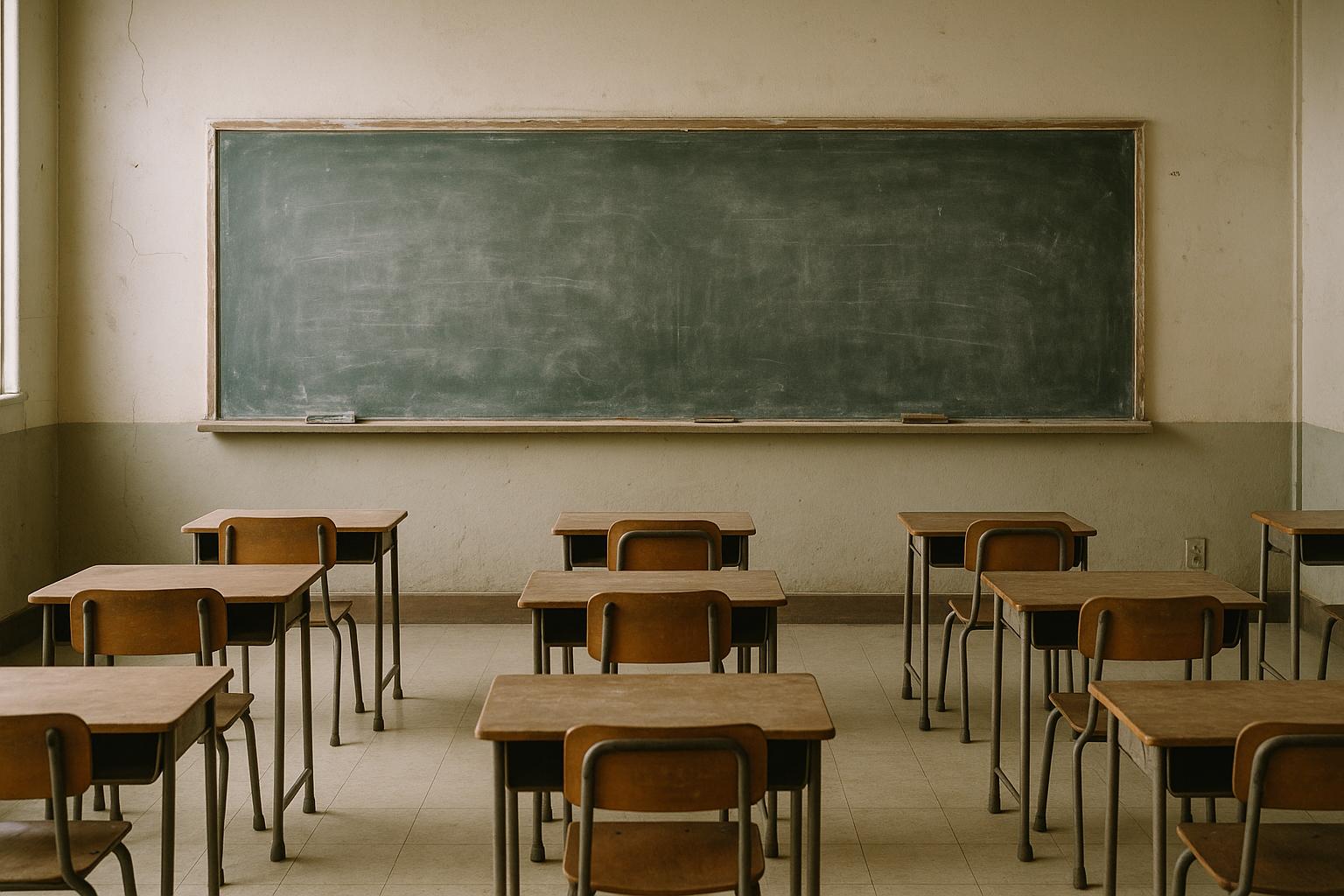An analysis by the Education Policy Institute (EPI) has revealed that nine of the ten local authorities experiencing the most significant declines in primary school pupil numbers are situated in London. This trend is projected to persist over the next five years, with the capital continuing to see steeper falls than the rest of England. The areas most affected include Westminster, Lambeth, Southwark, Hackney, Camden, Hammersmith and Fulham, Islington, Merton, and Wandsworth. Westminster has experienced an almost 16% drop in primary pupil numbers between 2020/21 and 2024/25, while in Southwark, pupil numbers have fallen by over 12%, leading to a reduction of six primary schools in the borough.
The decline in pupil numbers in London cannot be solely attributed to falling birth rates, which have also contributed to reducing reception pupil rolls nationally by about 12% between 2023-24 and 2028-29. The EPI’s research highlights broader factors influencing these trends, such as the cost of living, housing pressures, and regional disparities in school quality and provision. Around 20% of pupils who entered reception in London in 2017/18 had left the city by the time they reached Year 6, up from 17% five years earlier. This movement includes families relocating within London or shifting to other regions like the East of England and the South East, which have seen notable influxes of pupils migrating from the capital.
The financial implications of falling enrolments are substantial since school funding is primarily allocated per pupil. This model means that as rolls decline, schools face increasing budgetary pressures which risk their long-term viability. The EPI estimates a potential overall funding shortfall of £1 billion by 2029-2030 if these trends continue, even assuming modest annual increases in per-pupil funding. Policymakers are urged to develop data-driven strategies to adapt school provision and funding to the evolving demographic and migratory patterns affecting inner-city education.
The practical impact of shrinking school populations is evident in cases such as a primary school in Earl's Court, London, which is operating at less than 40% capacity and may face closure. Such potential closures have emotional consequences for communities, as parents and pupils worry about losing nearby schools and established social networks. Meanwhile, the Department for Education (DfE) maintains that per-pupil funding remains at record levels and anticipates pupil numbers will peak around 2026/27 before declining further. The government has also invested £37 million into repurposing spare school space, creating new childcare places as part of a broader school nursery roll-out to better utilise existing infrastructure.
Calls from the education sector, including Paul Whiteman, general secretary of the NAHT school leaders’ union, stress the need not to reduce funding or close schools prematurely. Instead, continued investment is recommended to maintain staffing, cater to special educational needs, and offer smaller classes with targeted support, potentially alleviating workload pressures for teachers.
Beyond raw pupil numbers, the educational landscape is further complicated by disparities affecting disadvantaged pupils and those with English as an Additional Language (EAL). The EPI’s annual reports show that disadvantaged pupils continue to face significant attainment gaps at both primary and secondary levels, with gaps widening post-pandemic. Meanwhile, around one-fifth of reception pupils have EAL, and newcomers arriving later in primary education tend to fall significantly behind their peers, highlighting layered challenges amidst demographic shifts.
While the long-term national decline in pupil numbers poses widespread challenges, London’s situation is particularly acute due to its unique demographic trends and migration patterns. Strategic responses will be essential to balance educational quality, school viability, and community cohesion as the capital navigates these changes.
📌 Reference Map:
- Paragraph 1 – [1], [2], [4]
- Paragraph 2 – [1], [2]
- Paragraph 3 – [1], [3]
- Paragraph 4 – [4], [1]
- Paragraph 5 – [1]
- Paragraph 6 – [5], [7]
- Paragraph 7 – [1], [3], [2]
Source: Noah Wire Services
